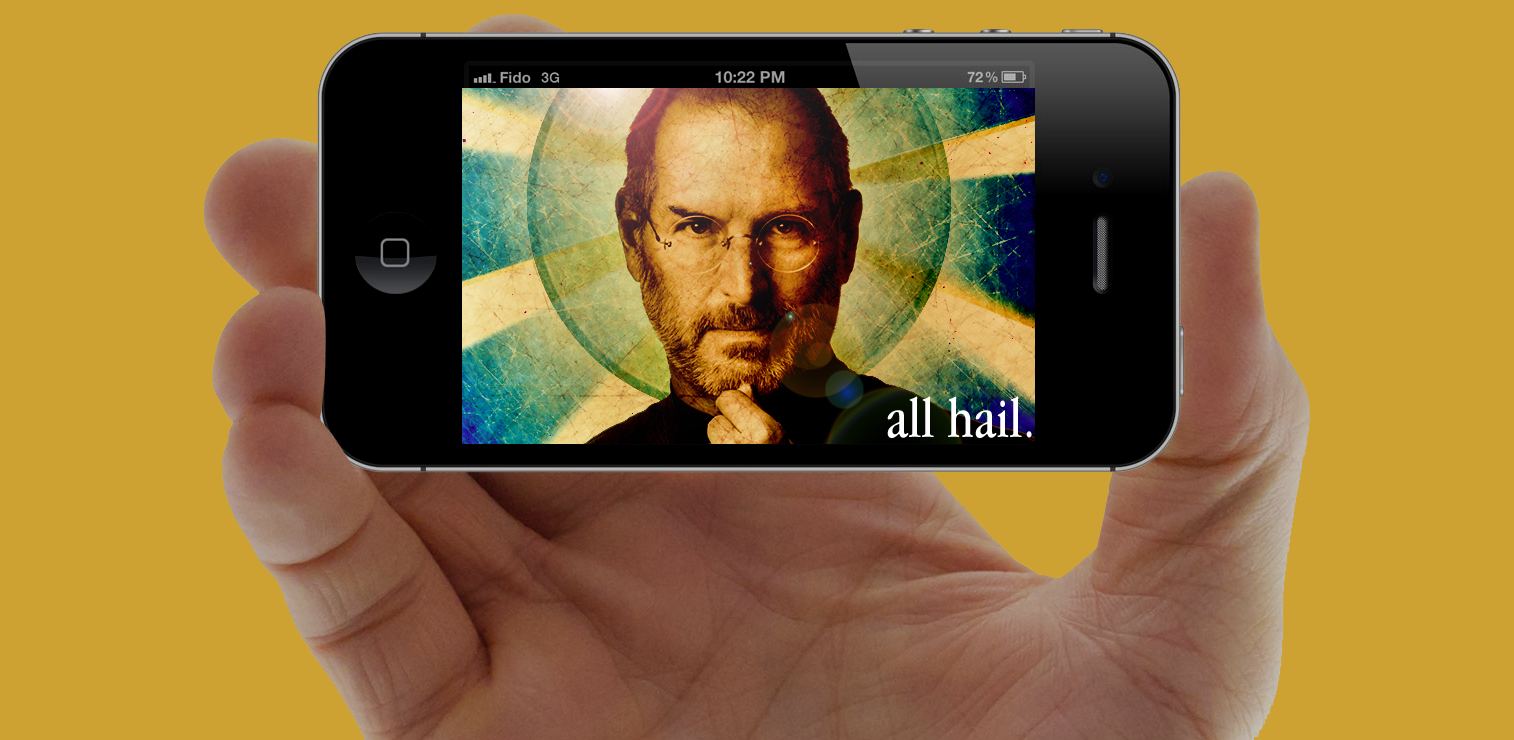
The iPhone isn’t all just hype
Whether you’re an Apple fanboy or not, the advent of the iPhone and the perpetually updated devices has paved the way for bigger and better technologies to go mainstream.
Plum Voice Chairman and President, Matt Ervin notes that as technologies improve so rapidly, today’s iPhone is faster, sleeker, and less expensive, but asserts that the device is more than a piece of hardware, rather it is a platform.
![]()
Ervin opines, “Nearly every piece of software ever written for a Mac or PC has a counterpart fulfilling the same function or serving the same category on iOS and/or Android. The iPhone has prompted some significant changes in the way we use technology.”
In Ervin’s own words below are five changes we can thank the iPhone for:
1. Carrier choice
Apple and AT&T signed a pact to launch the iPhone together. That exclusive arrangement is long past, and today’s family of iPhones can run on a variety of networks, both in the US and overseas. Importantly, that has spurred more competition among carriers to improve data speeds, since so much of the iPhone’s appeal relies on having a carrier with high-throughput connectivity.
2. GPS location services
The first iPhone used cell tower signals to approximate position. Soon Apple added a GPS chipset, and apps can now leverage that resource to hail nearby taxis or provide turn-by-turn directions. Or report your location to an advertiser.
3. High fidelity voice calls
Phones, both mobile and landline, have traditionally been limited to low fidelity, “tinny” voice connections. That design choice reduced the connection bandwidth required. But the iPhone enabled apps, such as Skype or Viber, to make high fidelity voice calls (sometimes called “wideband voice connections”). A high fidelity call from overseas sounds better than a low fidelity call from next door.
4. Intelligent voice recognition
The original iPhone was deaf to spoken commands. Then along came Siri, the persona built around Apple’s speech recognition system. The iPhone connects with Siri over the data network, using the type of high fidelity connections mentioned above to send Siri a clear recording. Centralizing Siri’s knowledge base has allowed for rapid tweaking, and Siri can now often understand you even over dinner at that noisy Mexican restaurant with the mariachi band playing in the background (then again, sometimes not).
5. Video chat
Mobile, face-to-face video calls have been a Sci Fi fantasy for decades. The first iPhone didn’t have the horsepower to pull it off, and several upgrades were required to enable the launch of FaceTime. Now that video chat is reality, the biggest surprise may be that most people still prefer plain old phone calls. Maybe because there’s no need to comb your hair beforehand.
So, thanks iPhone
Whether you’re carrying an iPhone in your pocket right now, or you hate the Mac cult, it matters not, because Ervin asserts that the technology has pushed the entire industry forward and propelled innovation, so thanks, Saint Jobs.
Marti Trewe reports on business and technology news, chasing his passion for helping entrepreneurs and small businesses to stay well informed in the fast paced 140-character world. Marti rarely sleeps and thrives on reader news tips, especially about startups and big moves in leadership.

















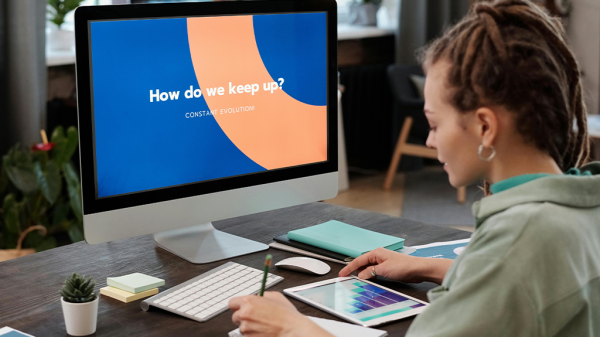

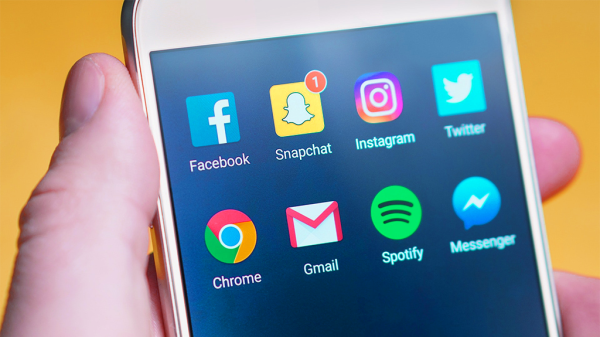
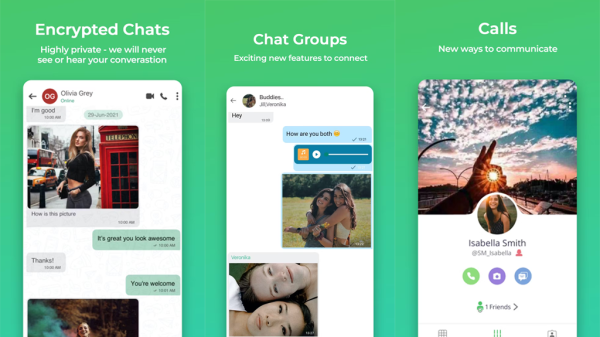
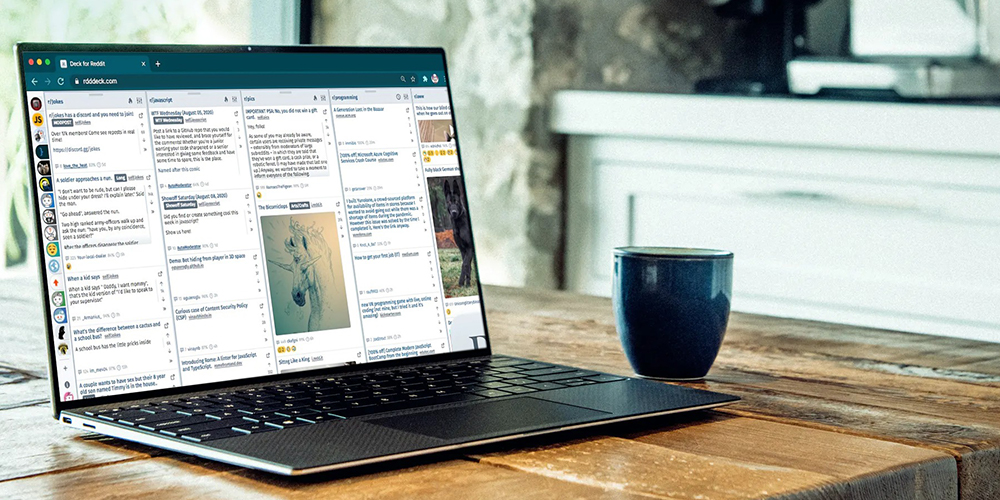


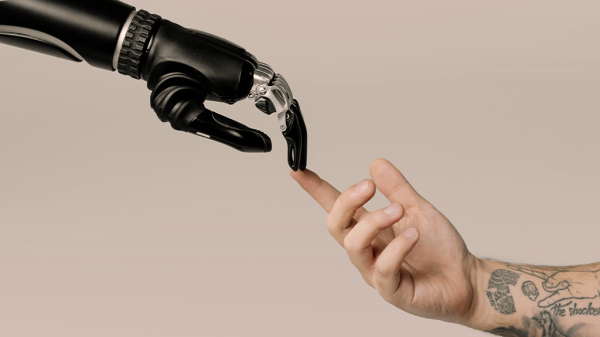










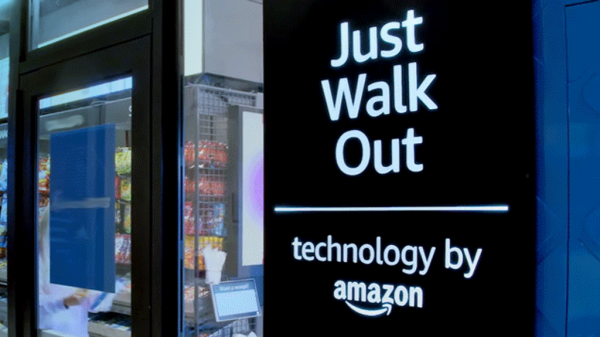
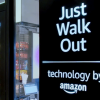

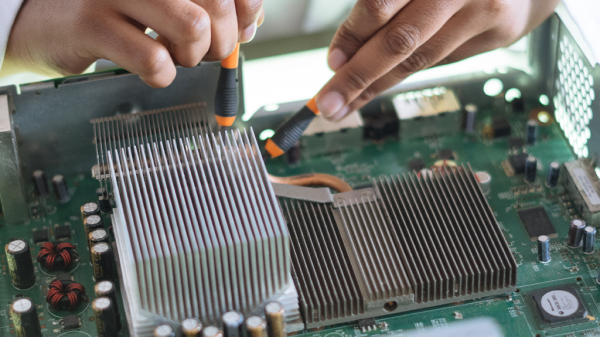

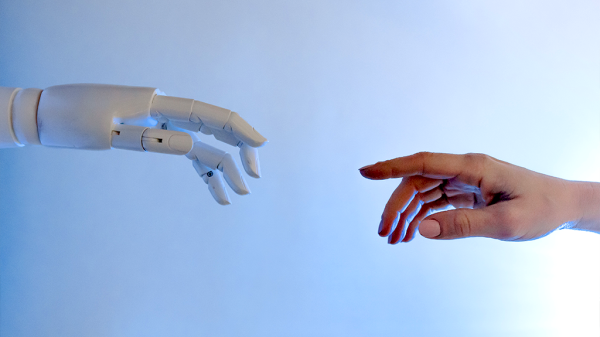
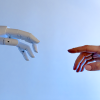
rolandestrada
April 22, 2014 at 3:22 pm
The most important aspect of of the carrier component is not mentioned here. Apple was able to break the carrier stranglehold with regard to crippling phone functionality and adding bloatware. Thank you Apple!!
The high fidelity voice claim is a little iffy. The original iPhone didn’t have the best sound quality. I had the original and it was good enough and got better over time. The VoIP claim really only works well if you are on WiFI or more recently, LTE. The true cell phone voice advancement is T-Mobile’s recent rollout of HD Voice.
HD Voice has truly stunning clarity. It is available on only a few current T-Mobile phones. AT&T is claiming to rollout it’s version of HD Voice later this year.
Pingback: Latest Cell Phone Apps For The Deaf News
Pingback: Facebook pilots "M," a Siri-esque personal assistant - The American Genius